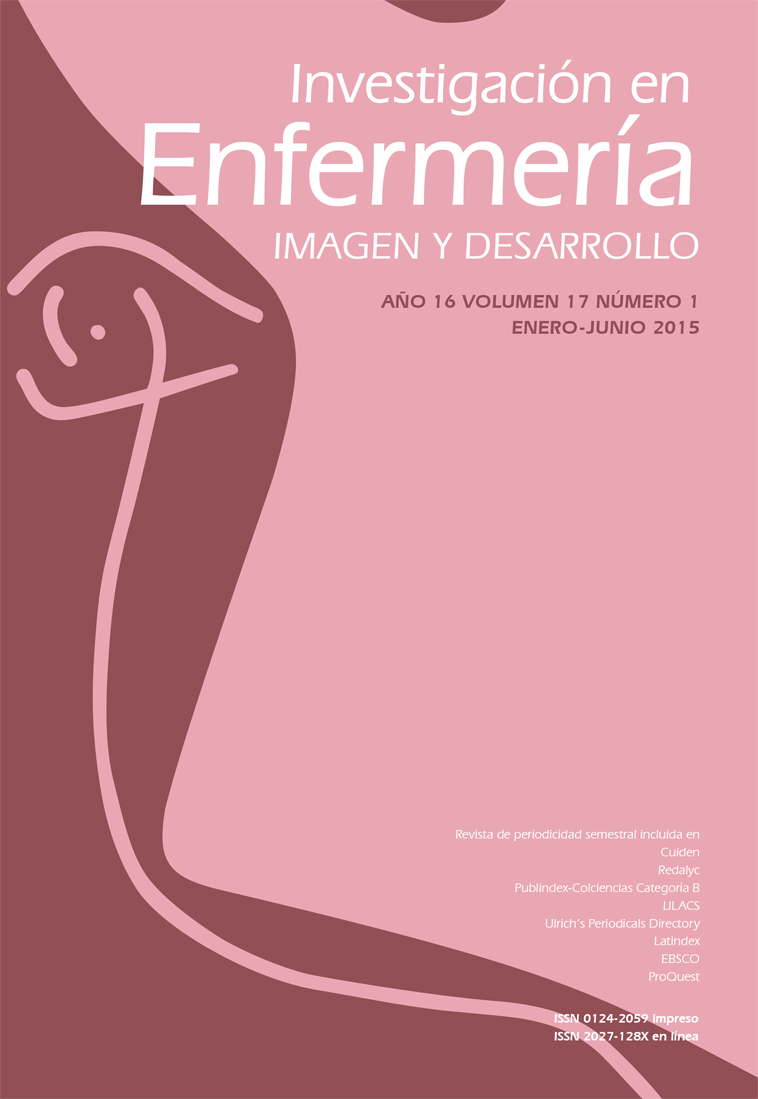Resumen
Resumen
Introducción: El pronóstico de la estenosis aórtica grave es malo; 90% de los pacientes con angina y síncope mueren a los 3 años del comienzo de los síntomas y si la falla cardiaca está presente, la muerte ocurre en promedio a los 2 años. Los implantes valvulares aórticos transcatéter (TAVI) surgen como alternativa de tratamiento para este grupo de pacientes con riesgo quirúrgico elevado, en la octava década de vida, que presenten otras comorbilidades como enfermedades hepáticas, renales u otras, además de aquellos que no son candidatos para realizarles la cirugía cardiaca convencional. En el presente artículo se describen los antecedentes históricos de el TAVI, sus indicaciones y contraindicaciones, las complicaciones del implante, así como el desarrollo del procedimiento, haciendo énfasis en una serie de intervenciones propuestas para que el profesional de enfermería otorgue cuidados seguros y de calidad, basados en evidencia científica. Objetivo: Describir las características generales del TAVI, así como proponer cuidados de enfermería al paciente sometido a este procedimiento durante el periodo inmediato y mediato. Metodología: Se realizó búsqueda sistematizada en bases de datos PubMed, EMBASE, Scielo, Medigraphic, Biblioteca Virtual en Salud; se buscaron artículos originales, revisiones sistematizadas y meta-análisis escritos en inglés, español y portugués, del año 2007 a 2013. Conclusión: El TAVI ofrece una opción más de tratamiento a este grupo de pacientes; es importante que el profesional de enfermería posea conocimientos sobre los cuidados específicos que hay que ofrecer para que la recuperación sea rápida y las intervenciones sean oportunas y seguras.La revista Investigación en Enfermería. Imagen y Desarrollo se encuentra registrada bajo la licencia Creative Commons Reconocimiento 4.0 Internacional. Por lo tanto, esta obra se puede reproducir, distribuir y comunicar públicamente en formato digital, siempre que se reconozca el nombre de los autores y a la Pontificia Universidad Javeriana. Se permite citar, adaptar, transformar, autoarchivar, republicar y crear a partir del material, para cualquier finalidad (incluso comercial), siempre que se reconozca adecuadamente la autoría, se proporcione un enlace a la obra original y se indique si se han realizado cambios. La Pontificia Universidad Javeriana no retiene los derechos sobre las obras publicadas y los contenidos son responsabilidad exclusiva de los autores, quienes conservan sus derechos morales, intelectuales, de privacidad y publicidad.
El aval sobre la intervención de la obra (revisión, corrección de estilo, traducción, diagramación) y su posterior divulgación se otorga mediante una licencia de uso y no a través de una cesión de derechos, lo que representa que la revista y la Pontificia Universidad Javeriana se eximen de cualquier responsabilidad que se pueda derivar de una mala práctica ética por parte de los autores. En consecuencia de la protección brindada por la licencia de uso, la revista no se encuentra en la obligación de publicar retractaciones o modificar la información ya publicada, a no ser que la errata surja del proceso de gestión editorial. La publicación de contenidos en esta revista no representa regalías para los contribuyentes.


